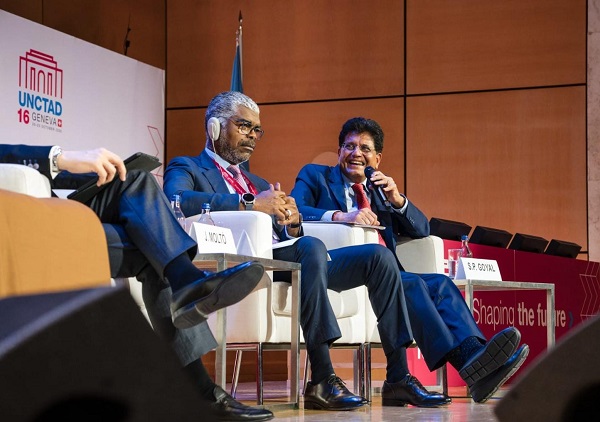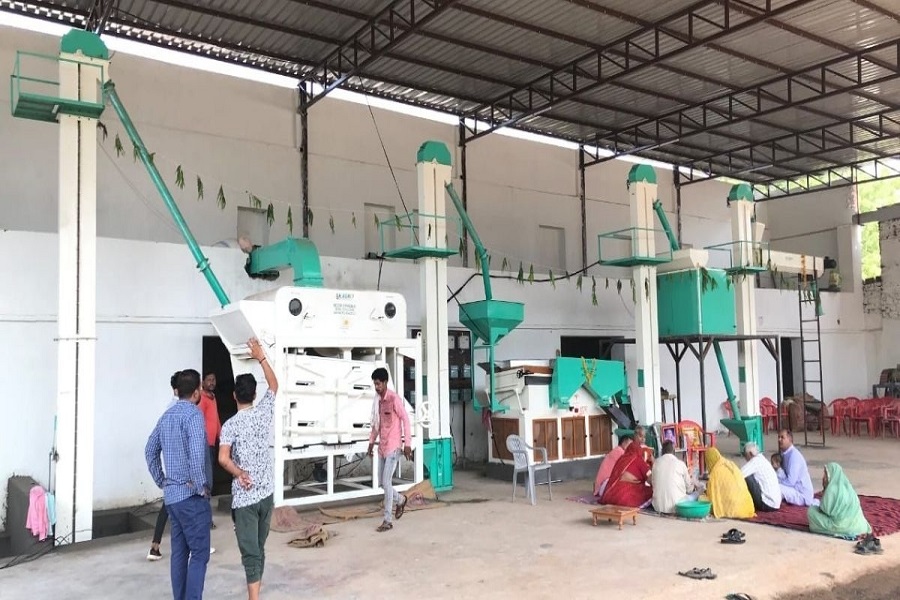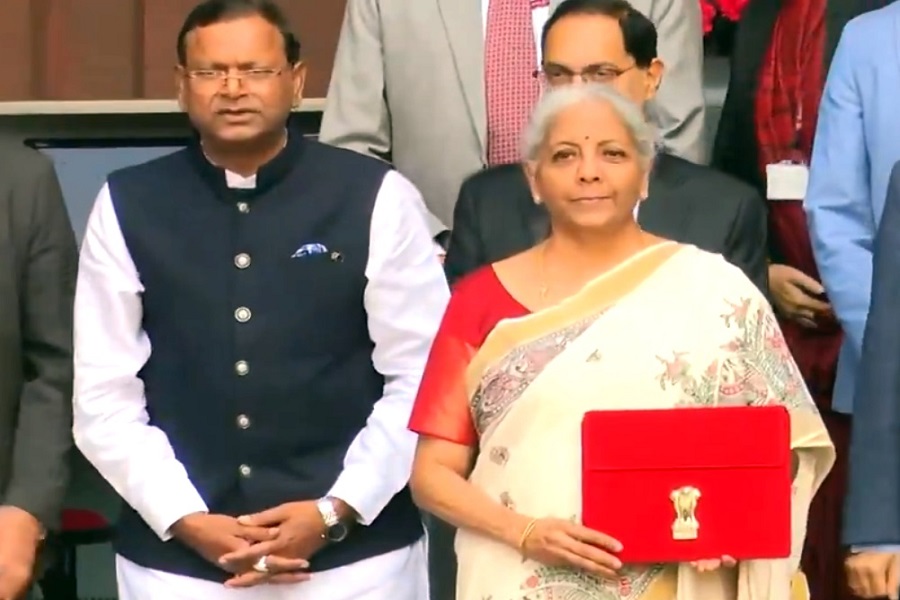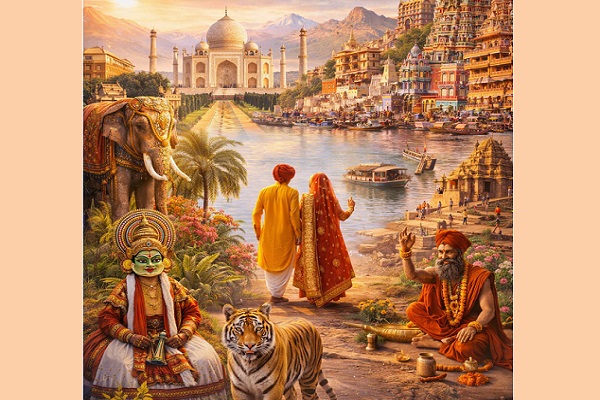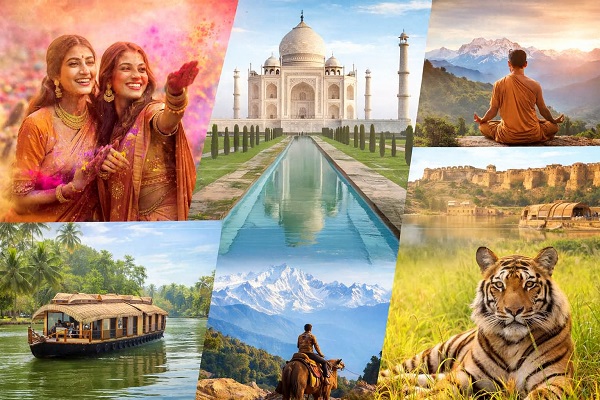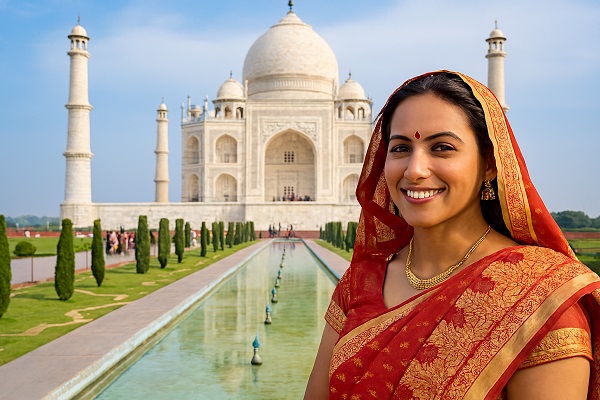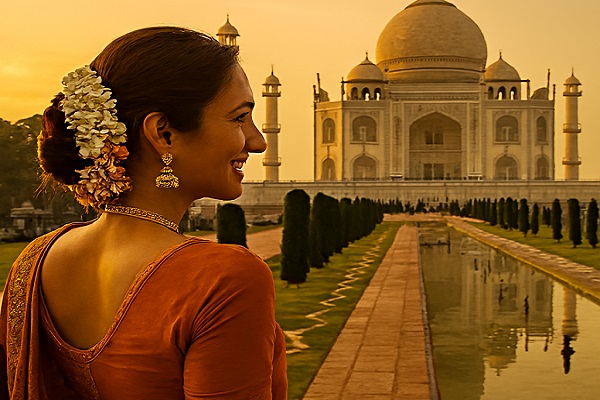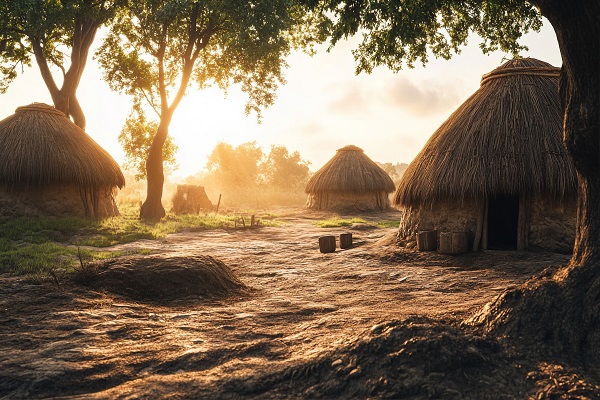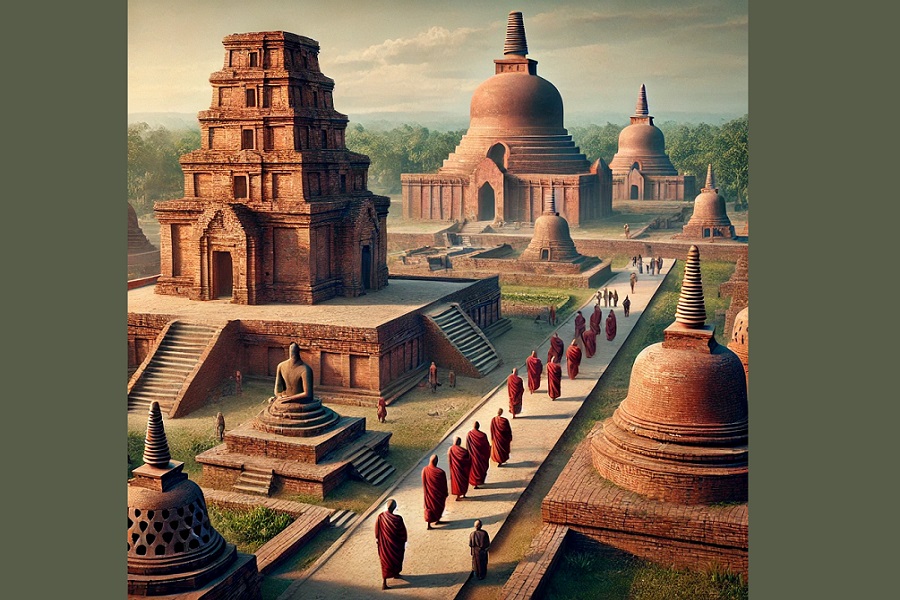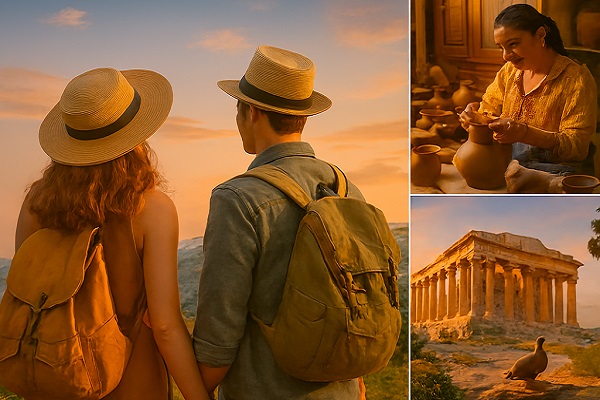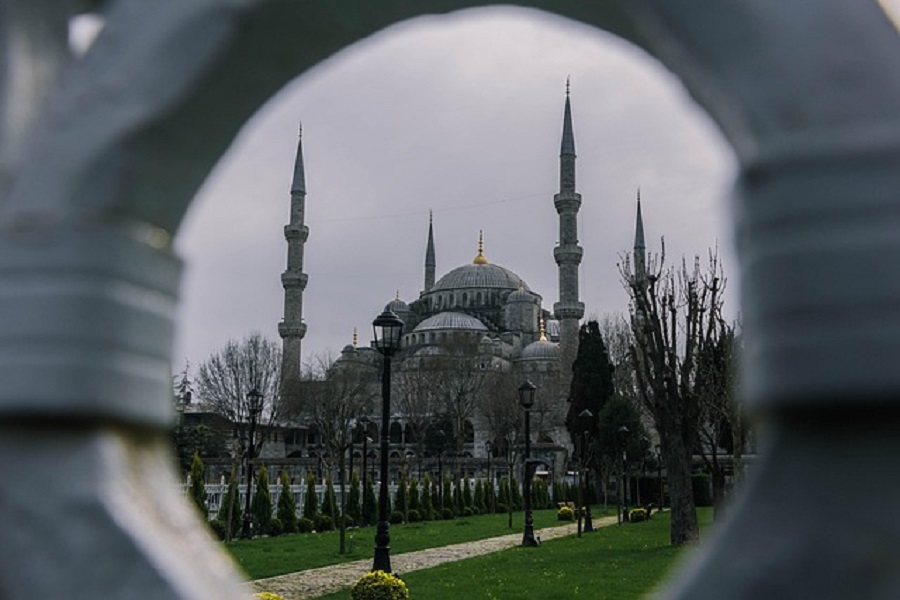Traditional Dance Tourism: Experiencing the Grace of Kathak
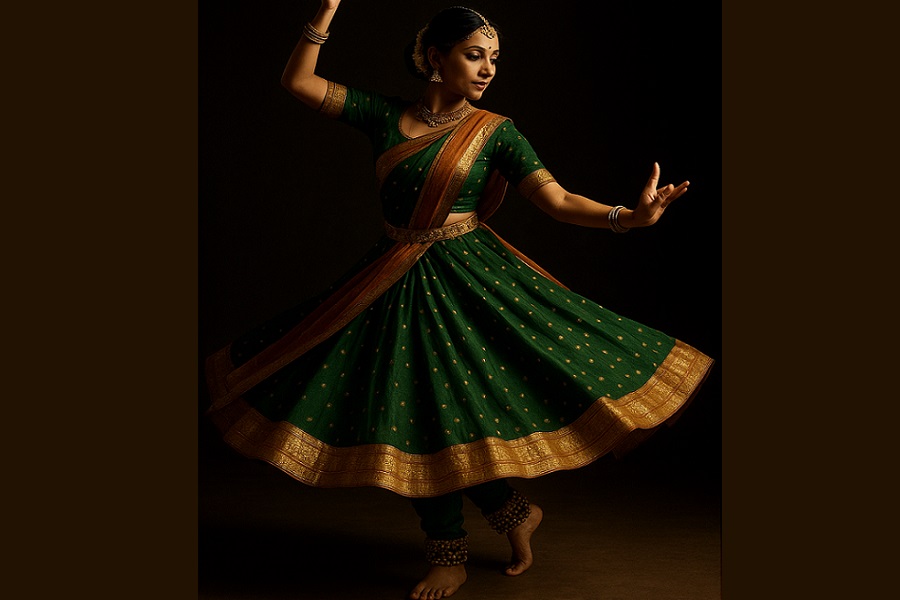
Kathak, a classical dance form that originated in the courts and temples of North India, stands as a bridge between storytelling, music, rhythm, and spirituality. Experiencing Kathak through cultural tourism opens a doorway into India’s rich artistic heritage, blending history with performance art.
Kathak – A Storytelling Legacy
The word “Kathak” comes from Katha, meaning “story.” In ancient times, Kathak was performed by nomadic storytellers who used expressive gestures, rhythmic footwork, and intricate spins to narrate tales from epics like the Mahabharata and Ramayana. Over centuries, it evolved into a highly sophisticated dance style, enriched by Mughal influences and refined court traditions.
For cultural travelers, witnessing Kathak is more than enjoying a dance performance—it’s about experiencing India’s layered history, where Hindu temple traditions meet Persian-influenced Mughal artistry.
Tourism Through Dance Performances
Several Indian cities such as Lucknow, Varanasi, Jaipur, and Delhi host Kathak performances for tourists, often in royal havelis, cultural centers, or open-air theatres. Tourists can attend evening shows where live tabla, sitar, and ghungroo-clad dancers create a mesmerizing atmosphere. Some programs also allow visitors to interact with artists, learning the basic movements and understanding the stories behind them.
Dance Workshops for Tourists
For travelers who want deeper immersion, short-term Kathak workshops are available. Here, tourists can learn simple mudras (hand gestures), tatkaar (footwork), and spins while understanding the symbolic meanings. These workshops not only provide a memorable experience but also give visitors an appreciation for the discipline and spirituality behind Kathak.
Cultural Festivals & Tourism Impact
Annual festivals like the Kathak Mahotsav and classical dance events in India attract cultural enthusiasts from around the world. Such festivals serve as tourism magnets, combining performances with exhibitions, craft bazaars, and culinary experiences. The presence of tourists supports local artists, preserves traditional dance schools (gharanas), and boosts the cultural economy.
Why Kathak Tourism Matters
Traditional dance tourism like Kathak fosters cross-cultural understanding. Tourists don’t just see India—they feel its rhythm, emotion, and storytelling essence. By participating in these cultural exchanges, travelers take home more than souvenirs—they carry a piece of India’s living heritage.
In essence, Kathak tourism is about celebrating tradition through movement, rhythm, and narrative. It allows travelers to step into the shoes of history, feel the pulse of culture, and experience India not just as a destination, but as a performance of timeless beauty.
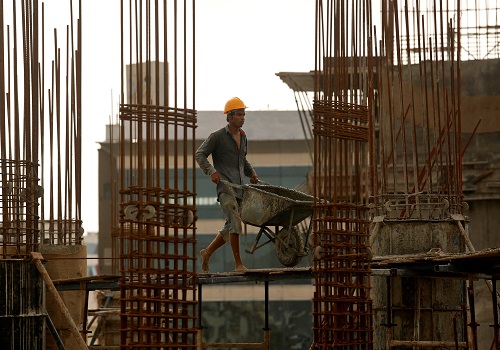




.jpg)
.jpg)
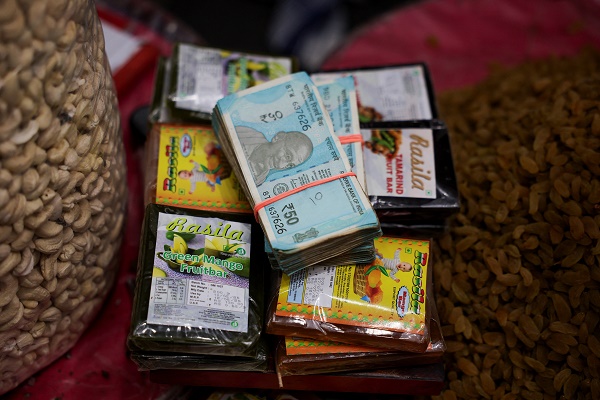
.jpg)




